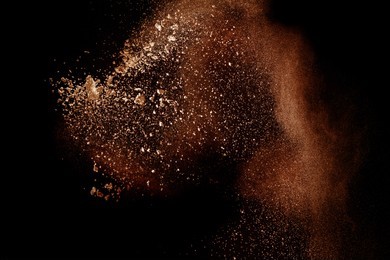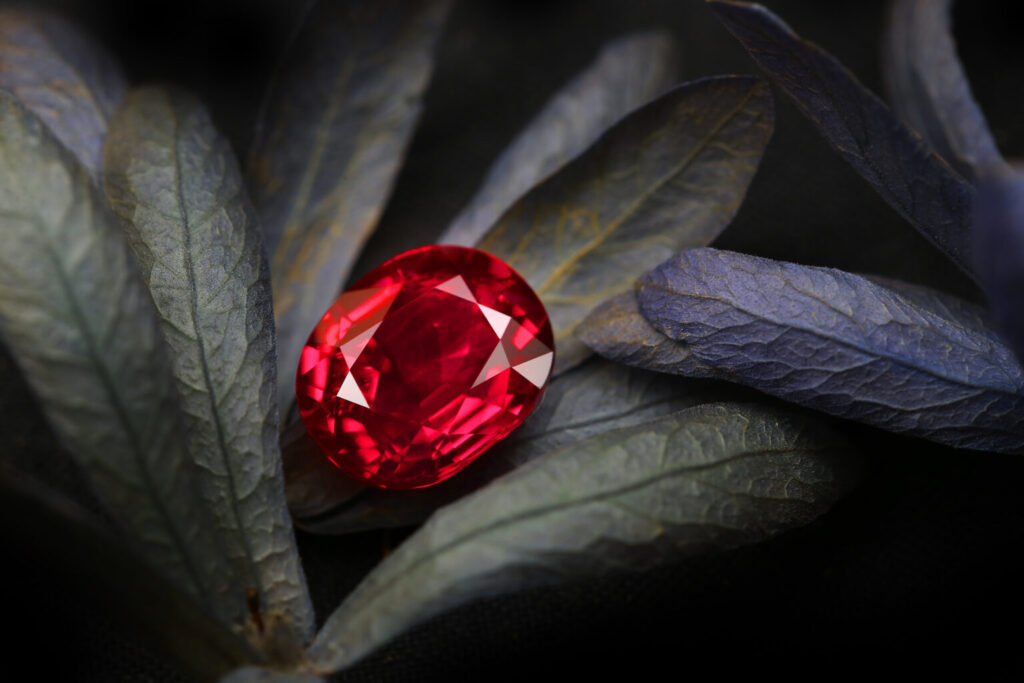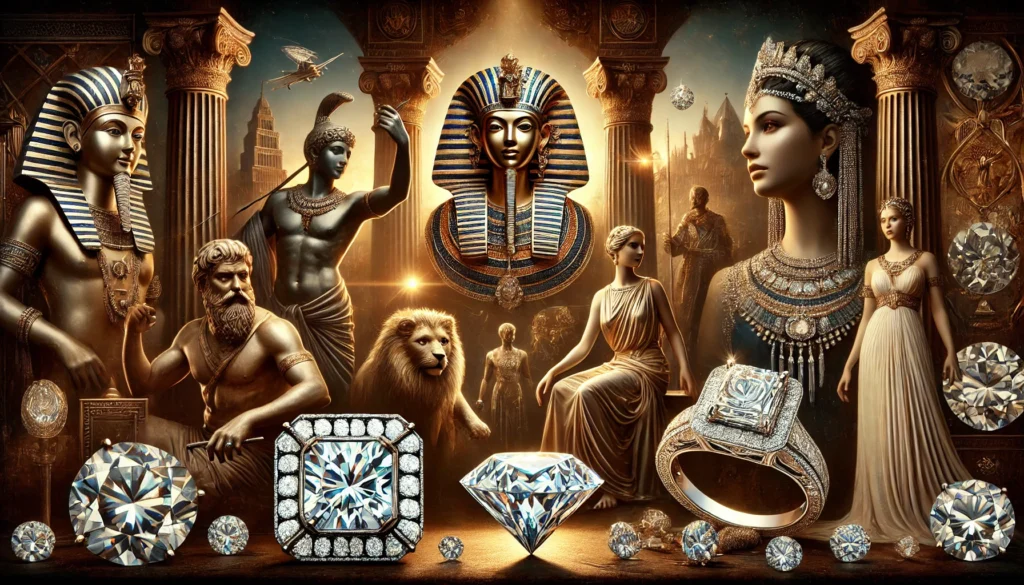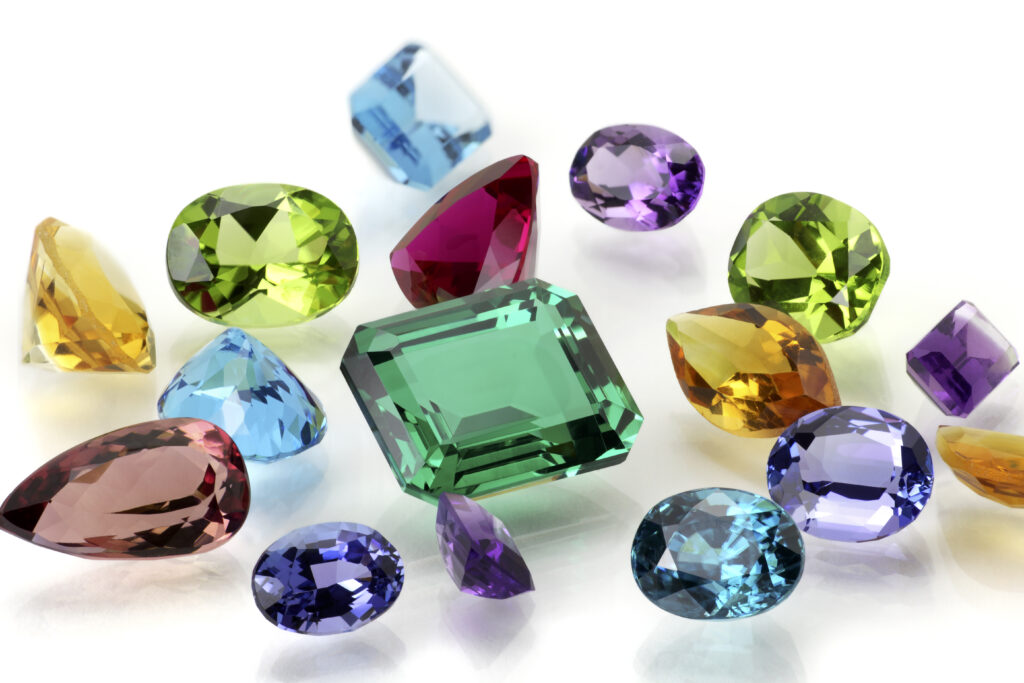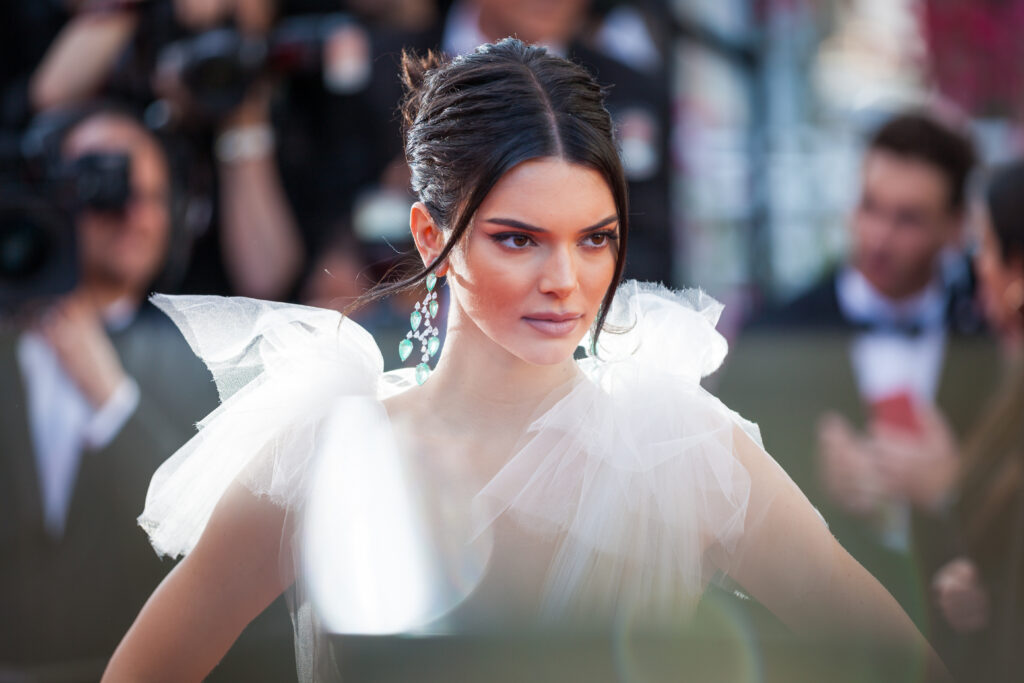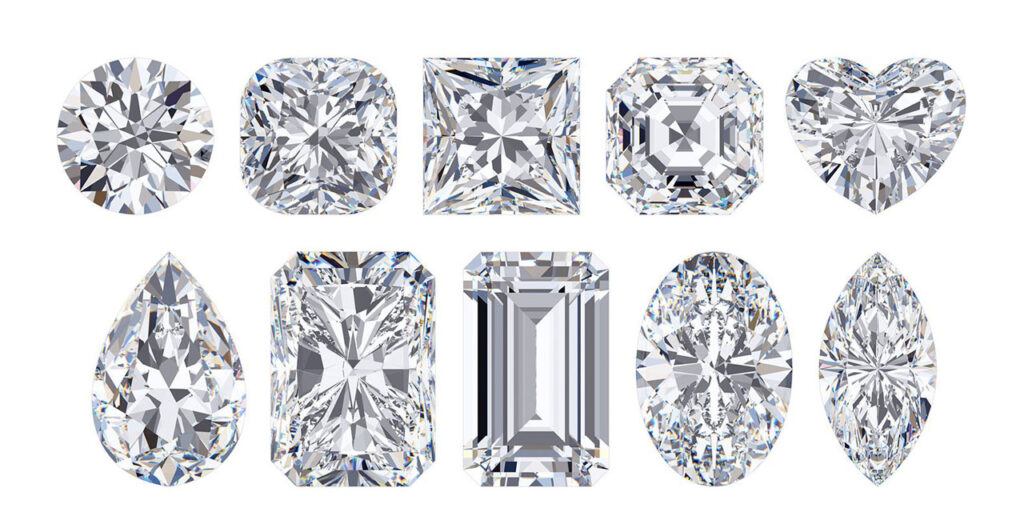
When shopping for a diamond, whether for an engagement ring or another type of jewellery, one of the first questions people often ask is about carat size. Diamond carat size is one of the most significant factors in determining a diamond’s appearance and price, but it’s often misunderstood. This guide delves into what diamond carat really means, how it differs from diamond size, and why carat weight alone does not define a diamond’s value or beauty.
What is Diamond Carat?
In the world of diamonds, “carat” refers to the weight of the diamond, not its size. A carat equals 200 milligrams or 0.2 grams. The term itself originates from the carob seed, which was historically used as a unit of measurement due to its uniform weight. In ancient times, carob seeds were used because of their consistent weight, making them ideal for weighing small but valuable items like gemstones. This historical practice is the reason why we still measure diamond weight in carats today. Understanding carat weight is crucial because it directly impacts the diamond’s price. Larger diamonds are generally rarer and more expensive, although carat is just one of several factors that affect a diamond’s value.
How is Carat Weight Measured?
A diamond’s carat weight is measured to the nearest hundredth of a carat, often using precise scales to ensure accuracy. In jewellery, you may see carat weight listed with two decimal points, such as 0.50 carats. This degree of accuracy is important for maintaining consistency across the industry.
Diamonds that weigh under one carat are often referred to in “points,” where one point is equal to 0.01 carats. For example, a 0.75-carat diamond might be called a “75-point” diamond. Understanding these measurements helps buyers navigate options without confusion.
Carat vs. Size: Are They the Same?
While carat weight is often mistakenly thought to reflect a diamond’s physical size, it actually only represents its weight. Size refers to a diamond’s dimensions, particularly its diameter, width, and depth. Two diamonds of the same carat weight may have different sizes and shapes, depending on factors like the cut quality and proportions. For instance, a 1-carat round diamond may appear smaller or larger than a 1-carat oval diamond based on the spread (diameter across the top).
The Influence of Cut on Diamond Size
The cut of a diamond has a notable impact on how large or small it appears. A well-cut diamond optimises light reflection, creating a brilliant sparkle that makes the stone appear larger. In contrast, a poorly cut diamond may have “hidden” weight in its depth, reducing its visible surface area and making it look smaller. A diamond’s cut not only affects size perception but also its overall beauty.
For instance, round brilliant cuts are known for maximising sparkle, making them appear larger than other shapes of the same carat weight. Marquise, oval, and pear-shaped diamonds often look bigger because of their elongated forms. When choosing a diamond, it’s wise to consider cut quality along with carat weight to ensure the stone’s size aligns with your preferences.
Carat Weight and Price: What to Expect
The price of a diamond increases exponentially with carat weight, due to the rarity of larger diamonds. A 2-carat diamond is usually more than twice the price of a 1-carat diamond of similar quality because stones of higher carat weights are increasingly scarce. However, carat weight is just one element in the diamond pricing equation; clarity, colour, and cut also play essential roles in determining overall cost.
When buying a diamond, it may be more cost-effective to select a diamond slightly below the “magic” numbers, such as 1.0 or 1.5 carats. For instance, a 0.95-carat diamond can cost significantly less than a full 1-carat diamond, even though the size difference is minimal. This approach, known as buying “shy,” allows you to enjoy a larger-looking diamond without the premium price.
The 4 Cs of Diamonds and Carat Weight
While carat weight is an important consideration, it should not be viewed in isolation. The 4 Cs – carat, cut, colour, and clarity – collectively determine a diamond’s quality and value. Here’s how carat weight interacts with the other three Cs:
- Cut: As mentioned earlier, a diamond’s cut affects its brilliance and apparent size. A well-cut diamond will sparkle more and often look larger than a poorly cut diamond of the same carat weight.
- Colour: Diamonds are graded on a colour scale from D (colourless) to Z (light yellow or brown). Higher-carat diamonds tend to show colour more noticeably, making it essential to choose a colour grade that complements the diamond’s weight.
- Clarity: Clarity refers to the presence of internal inclusions or external blemishes. Larger diamonds often have more visible inclusions, making clarity grading crucial as carat weight increases.
Balancing these factors helps to ensure you choose a diamond that offers the best value for its weight, beauty, and budget.
Common Carat Weights and Their Visual Impact
Carat weights are often rounded to whole numbers, creating “magic sizes” that are particularly popular. Here’s an overview of some standard carat weights and their typical measurements:
- 0.25 Carats (¼ Carat): Ideal for delicate jewellery, this weight offers sparkle without being overly prominent.
- 0.50 Carats (½ Carat): A popular choice for engagement rings, providing noticeable presence while staying affordable.
- 1.00 Carat: Considered a classic engagement ring size, it offers a balanced mix of weight and presence.
- 1.50 Carats: More luxurious, this size typically appears larger and offers greater impact.
- 2.00 Carats and Above: Reserved for those seeking a statement piece, diamonds in this range are rare and striking but come with a premium price.
The visual impact of a diamond depends not just on carat weight, but also on the wearer’s finger size and the setting style.
Diamond Carat Size Chart: Understanding Dimensions
To help buyers visualise carat weight, jewellers often provide a diamond size chart with the approximate diameter for various carat weights. For instance, a 1-carat round diamond typically measures around 6.5mm in diameter, while a 2-carat diamond measures about 8.2mm. However, these dimensions can vary based on shape. Here are some approximate dimensions for round diamonds:
| Carat Weight | Diameter (mm) |
| 0.25 Carat | 4.1 mm |
| 0.50 Carat | 5.2 mm |
| 1.00 Carat | 6.5 mm |
| 1.50 Carats | 7.4 mm |
| 2.00 Carats | 8.2 mm |
These measurements are general approximations, as individual cuts affect the final dimensions.
Carat Weight and Ring Settings
The choice of setting can influence how large a diamond appears. For instance, a halo setting, where smaller diamonds surround the centre stone, can make the central diamond look larger. Similarly, bezel settings, where the diamond is encircled by metal, can enhance the stone’s prominence. A prong setting is another excellent choice, as it allows more light to enter, enhancing the diamond’s sparkle and apparent size.
Other factors, such as metal colour, also impact the diamond’s perceived size. White metals, such as platinum and white gold, often accentuate the diamond’s sparkle, while rose gold and yellow gold create a contrasting effect that may make the diamond stand out more.
Tips for Choosing the Right Carat Weight
- Consider the Wearer’s Lifestyle: For someone active or with a job that requires frequent use of hands, a smaller carat weight may be more practical.
- Finger Size Matters: A diamond will appear larger on smaller fingers. Thus, for a delicate look, a half-carat diamond may be enough on a petite hand.
- Budget Wisely: Carat weight heavily influences the price, but so do the other Cs. If size is a priority, consider compromising slightly on colour or clarity to maximise carat weight within your budget.
- Think About the Setting: Certain settings, like the halo or solitaire, can make a smaller diamond appear larger, creating a striking effect without the extra expense.
A Moment of Carat Clarity
Understanding diamond carat size is essential when buying diamond jewellery. While carat weight plays a significant role in determining a diamond’s cost and perceived size, it’s not the only factor to consider. Balancing carat weight with cut quality, clarity, and colour helps ensure you get a diamond that not only fits your budget but also maximises beauty and brilliance. By understanding how carat weight interacts with other factors, buyers can make informed choices that add value, beauty, and timelessness to their jewellery investment.


